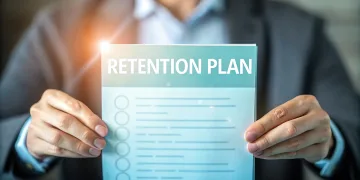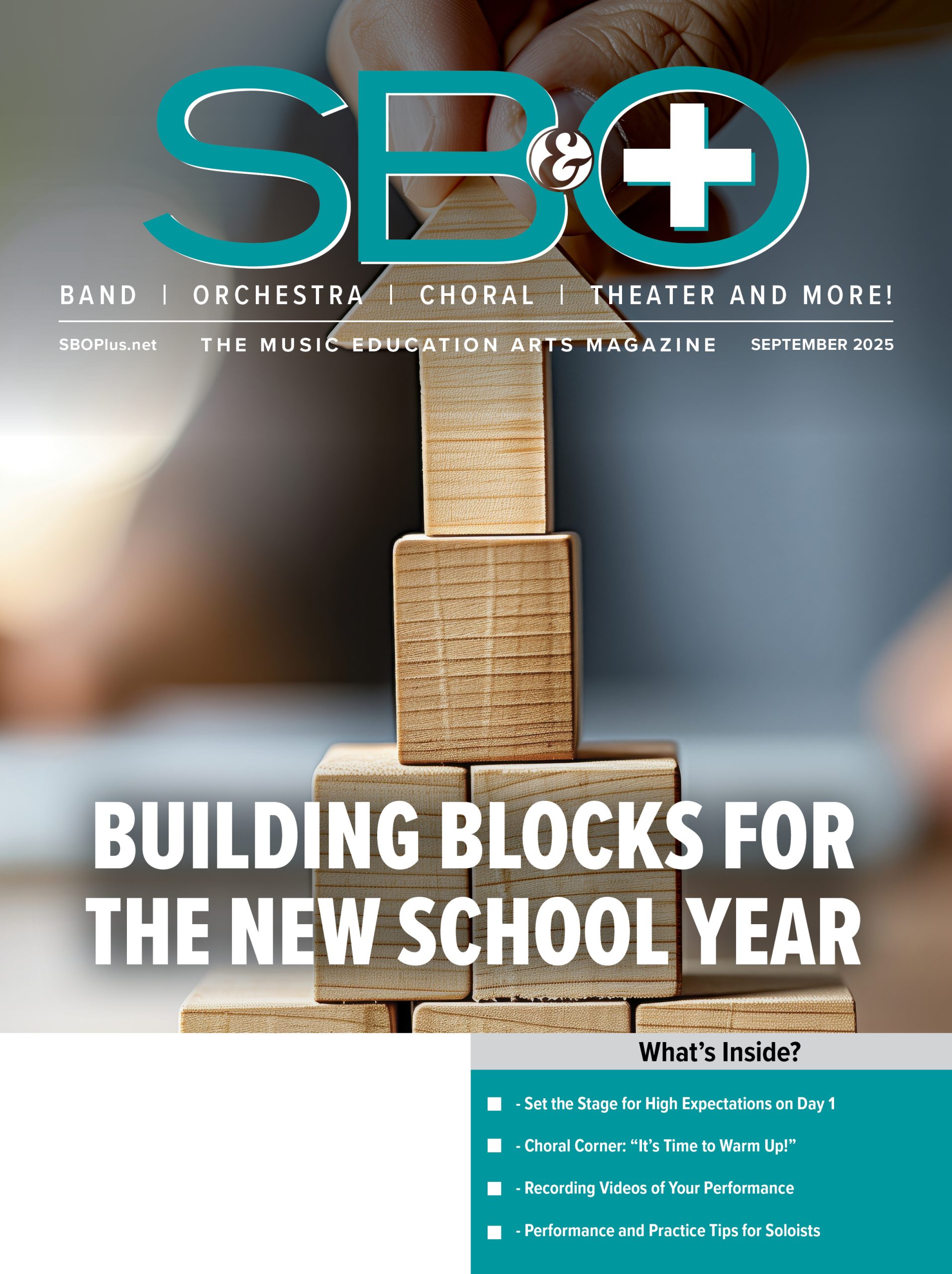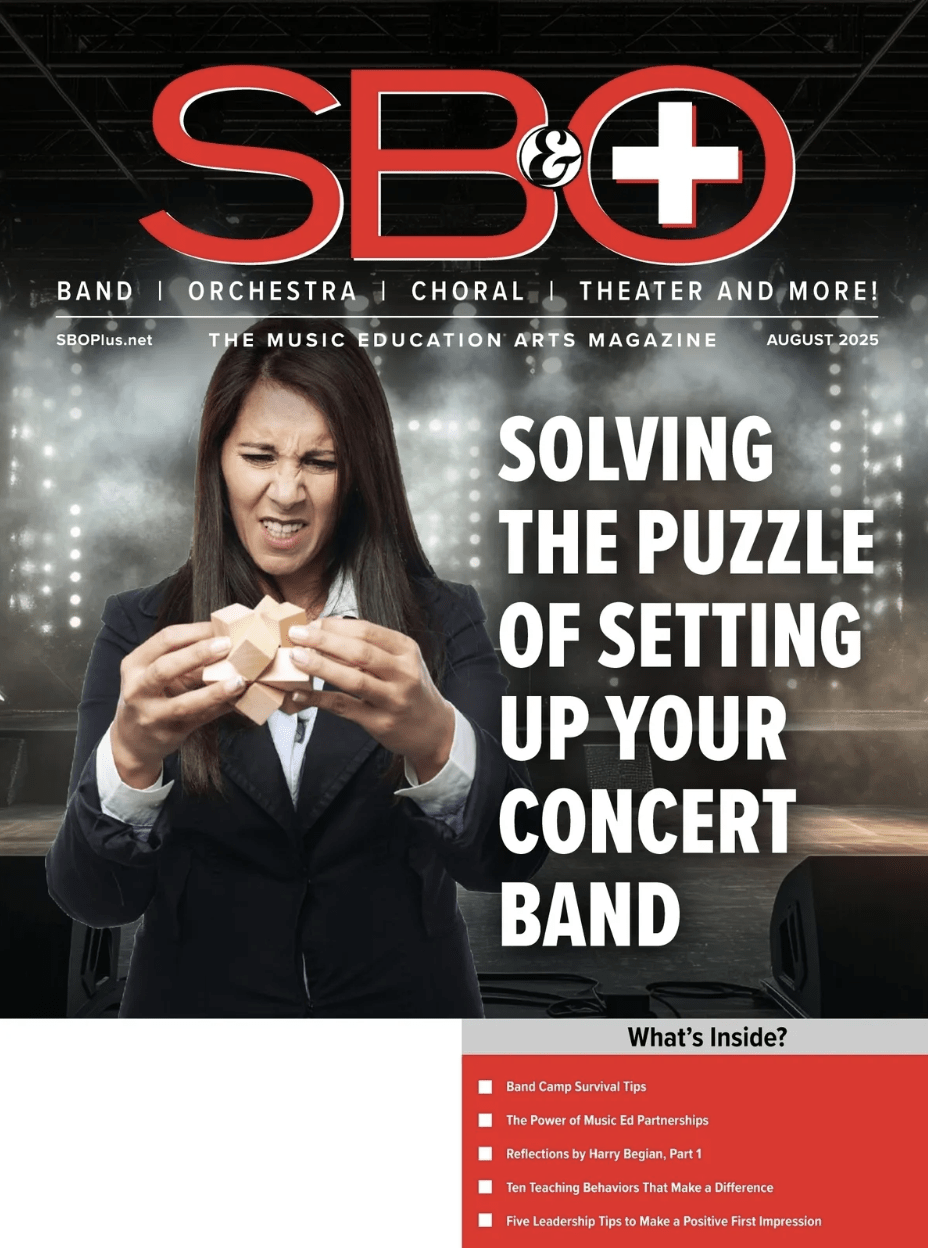By Marcia Neel
We all spend countless hours recruiting new students into our programs, yet retention—the piece that ensures those numbers last—takes just as much, if not more, effort. As students progress from one year to the next, they decide whether music will remain part of their journey or whether another school offering will take its place. As we know, the transition from middle school to high school is often the most critical turning point in a young musician’s path. For some, this is when their enthusiasm blossoms into a lifelong passion. For others, competing interests, shifting priorities, and the uncertainty of adolescence begin to pull them away. Behind every student who leaves is a musician who once felt the joy of making music—and who might have continued if the right support had been in place.
Middle school directors play a vital role in planting the vision early. By helping students and parents see what lies ahead, introducing them to the high school program, and reinforcing the idea that their journey is only beginning, they create anticipation for the future. High school directors must also be visible before students ever walk through their doors. Building relationships with middle schoolers and their families—through side-by-side concerts, joint rehearsals, student mentors, and shared traditions—helps younger musicians picture themselves in the next ensemble and assures them they already belong.
Finding your stride as a teacher takes time and evolves over the course of a career. Every experience contributes to your ability to keep students engaged and connected. Reflecting on that journey, and keeping a running list of your program’s strengths, gives you the tools to share and demonstrate those qualities with students, parents, and administrators. When you highlight the value of your program with clarity and consistency, you give students compelling reasons to remain year after year.
One of the hardest lessons for newer directors is realizing our job is not simply to teach music—it is to teach people through music. The best programs do more than play notes correctly. They build connections across grade levels, creating a sense of belonging where every student knows they are part of something larger.
Understanding the why behind retention helps directors align time and energy with what matters most. Instead of guessing, you can focus on what students value—friendships, school spirit, musical growth, leadership, or performance opportunities—and intentionally reinforce those elements. Surveys, interviews, and classroom experiences all point to the same truth: students stay in music because of how it makes them feel.
- They feel seen. A personal word of praise or a simple smile of recognition from their director makes a lasting impact.
- They feel connected. Music is community. Students continue when they know they will be welcomed by those already in the program.
- They have ownership. Opportunities for leadership—whether as section leader, drum major, or mentor—motivate students to stay, knowing their contributions matter.
- They experience progress. Growth inspires commitment. Being part of a quality ensemble challenges students to improve and gives them a real sense of accomplishment.
- They have fun. Joy is essential. Students return when rehearsals and performances are places of enjoyment and shared purpose.
- They feel supported. A safe, nurturing program environment assures students they belong and will be cared for.
Ultimately, music programs are more than ensembles. An ensemble that cares deeply for one another will retain students far longer than one that performs well but lacks community. Programs are ecosystems—living, breathing spaces where students find connection, identity, and purpose. Sustaining that sense of belonging requires intentional planning. Establish long-term, short-term, and weekly goals that support retention. Hold yourself accountable by reflecting on what inspired students to stay, what discouraged them, and what adjustments are needed. Use these insights to refine your approach and ensure students see their place in the program’s future.
As you plan each week, include specific actions that strengthen belonging. Ask yourself: Did last week’s activities advance our retention goals? If not, what can I change? By committing to a plan with retention at its core, you not only find greater professional satisfaction, but you also create a powerful, lasting impact on your students.
In the end, music becomes part of a student’s story. Our responsibility is to make that story rich, personal, and worth continuing. When students feel seen, connected, empowered, challenged, joyful, and supported, they don’t just stay in music—they carry it with them for a lifetime.




























